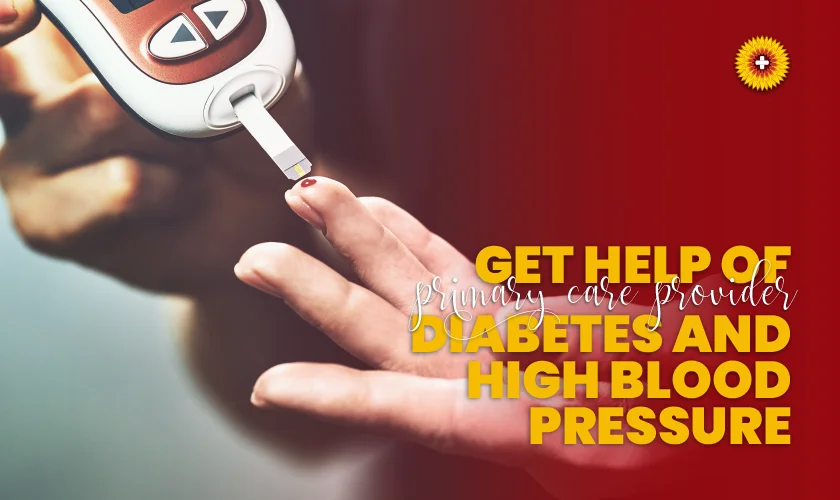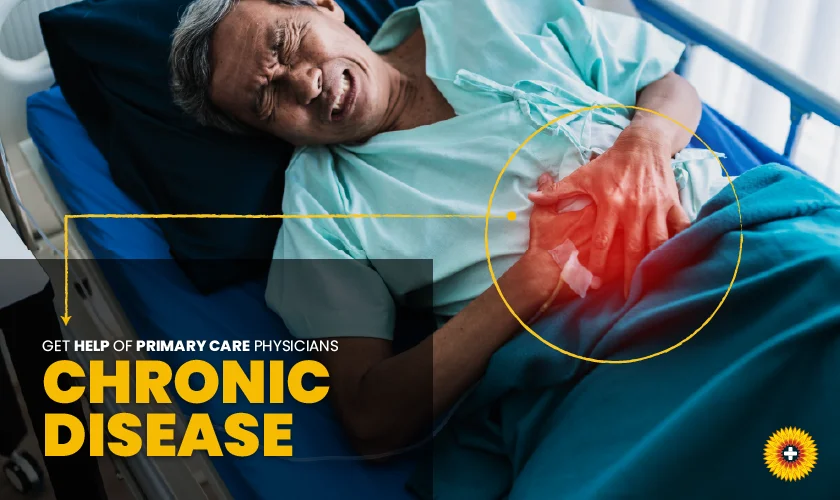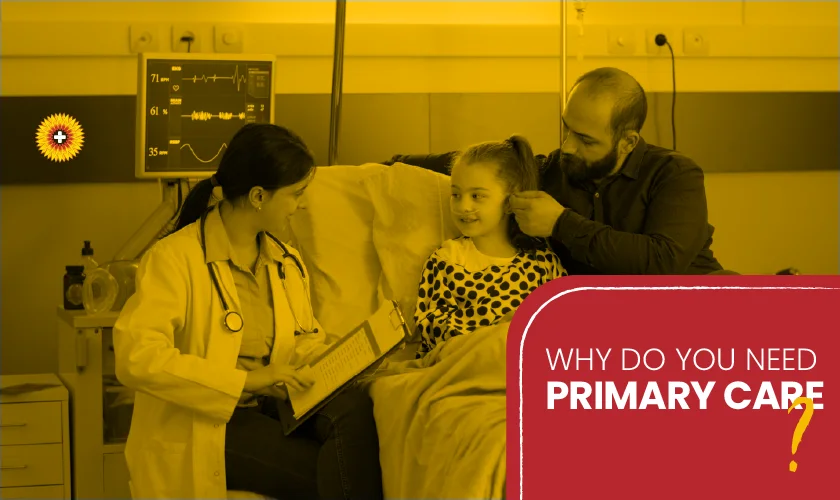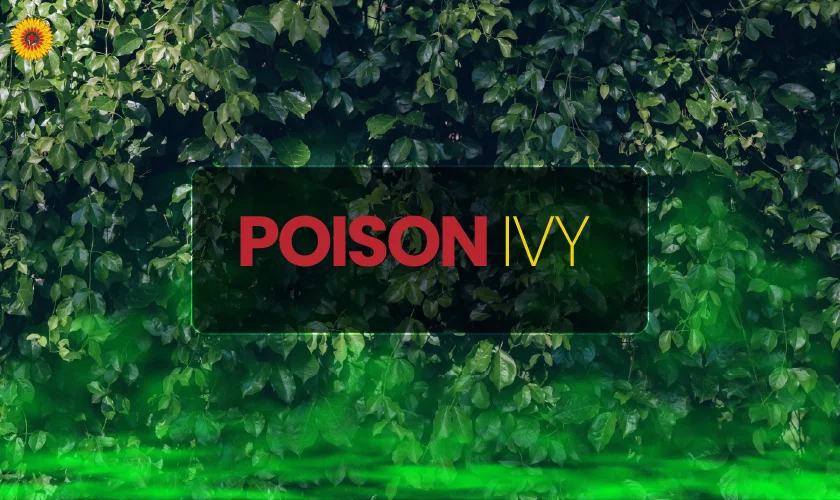
How to Find a Primary Care Doctor in Kansas | Urgent Care of Kansas
How to Find a Primary Care Doctor in Kansas
As the saying goes, “prevention is better than cure,” and having a primary care doctor is crucial to achieving good health. A primary care physician is the first point of contact for any health concern and can help you manage your health and wellness goals. However, finding a primary care doctor in Kansas can be overwhelming, especially if you’re new to the state or just starting with health insurance. In this blog post, we’ll guide you through finding a primary care doctor in Kansas, step by step.
Table of Contents
Step 1: Check Your Health Insurance Network
Before searching for a primary care doctor, check with your health insurance provider to see which doctors are in your network. Most insurance plans have a list of doctors and healthcare providers covered under your insurance. This will ensure that you avoid unexpected medical bills.
Step 2: Ask for Recommendations
Asking for recommendations from friends, family, and colleagues is an excellent way to start your search for a primary care doctor in Kansas. You can also ask for referrals from other healthcare providers, such as dentists, pharmacists, or specialists. These recommendations help narrow your search and give you a starting point.
Step 3: Check Online Directories
Online directories such as Healthgrades, ZocDoc, and WebMD can provide you with a list of primary care doctors in your area. These directories allow you to search for doctors by location, specialty, and insurance coverage. You can also read reviews from other patients to get an idea of the doctor’s bedside manner, expertise, and quality of care.
Step 4: Check the Doctor’s Credentials
When you find a primary care doctor you’re interested in, check their credentials. You can use the Kansas Board of Healing Arts website to verify the doctor’s license and check if they have any disciplinary actions or malpractice claims against them. You can also check the doctor’s education, training, and certifications to ensure they have the qualifications to provide quality care.
Step 5: Schedule a Consultation
Once you have a list of potential primary care doctors, schedule a consultation. This will allow you to meet the doctor, ask questions, and assess if they fit your healthcare needs well. During the consultation, you can ask about the doctor’s experience, approach to treatment, and communication style. You can also discuss your health concerns and see if the doctor is knowledgeable and attentive.
Step 6: Consider Accessibility and Convenience
When choosing a primary care doctor, consider their location, hours of operation, and availability. You want a doctor that is easily accessible and convenient for you to visit. You can also ask about the doctor’s appointment availability and wait times. This can help you avoid long waits and ensure you receive timely care when needed.
Step 7: Evaluate Your Experience
After your first visit with the primary care doctor, evaluate your experience. Consider factors such as the doctor’s bedside manner, the staff’s professionalism, and the clinic’s cleanliness. You want to feel comfortable and confident in the care that you receive. If you’re unsatisfied with your experience, look for another primary care doctor.
Conclusion
Finding a primary care doctor in Kansas can seem complicated, but it’s crucial to maintaining good health. You can find a doctor that meets your healthcare needs and preferences by following these steps. Remember to check your insurance network, ask for recommendations, check online directories, verify the doctor’s credentials, schedule a consultation, consider accessibility and convenience, and evaluate your experience. With these tips, you can find a primary care doctor in Kansas that you can trust.
Urgent Care of Kansas is here to assist you if you need any help finding a primary care doctor in Kansas. Our primary care physicians are dedicated to providing high-quality care to patients of all ages. We accept most major insurance plans, and our online patient portal makes it easy to schedule appointments and access your medical records.
We’re committed to providing our patients with personalized and compassionate care. Whether you need a routine check-up, preventive maintenance, or treatment for a health concern, our primary care doctors are here to help.
In addition to primary care services, Urgent Care of Kansas also offers urgent care, occupational health, and specialty care services. We are staffed by experienced healthcare providers dedicated to providing our patients with the highest quality care.
If you’re ready to find a primary care doctor in Kansas, contact Urgent Care of Kansas today. We’ll help you schedule a consultation with one of our primary care physicians and answer any questions you may have about our services. Be sure to find a doctor before you’re sick, start your search today and take charge of your health.










